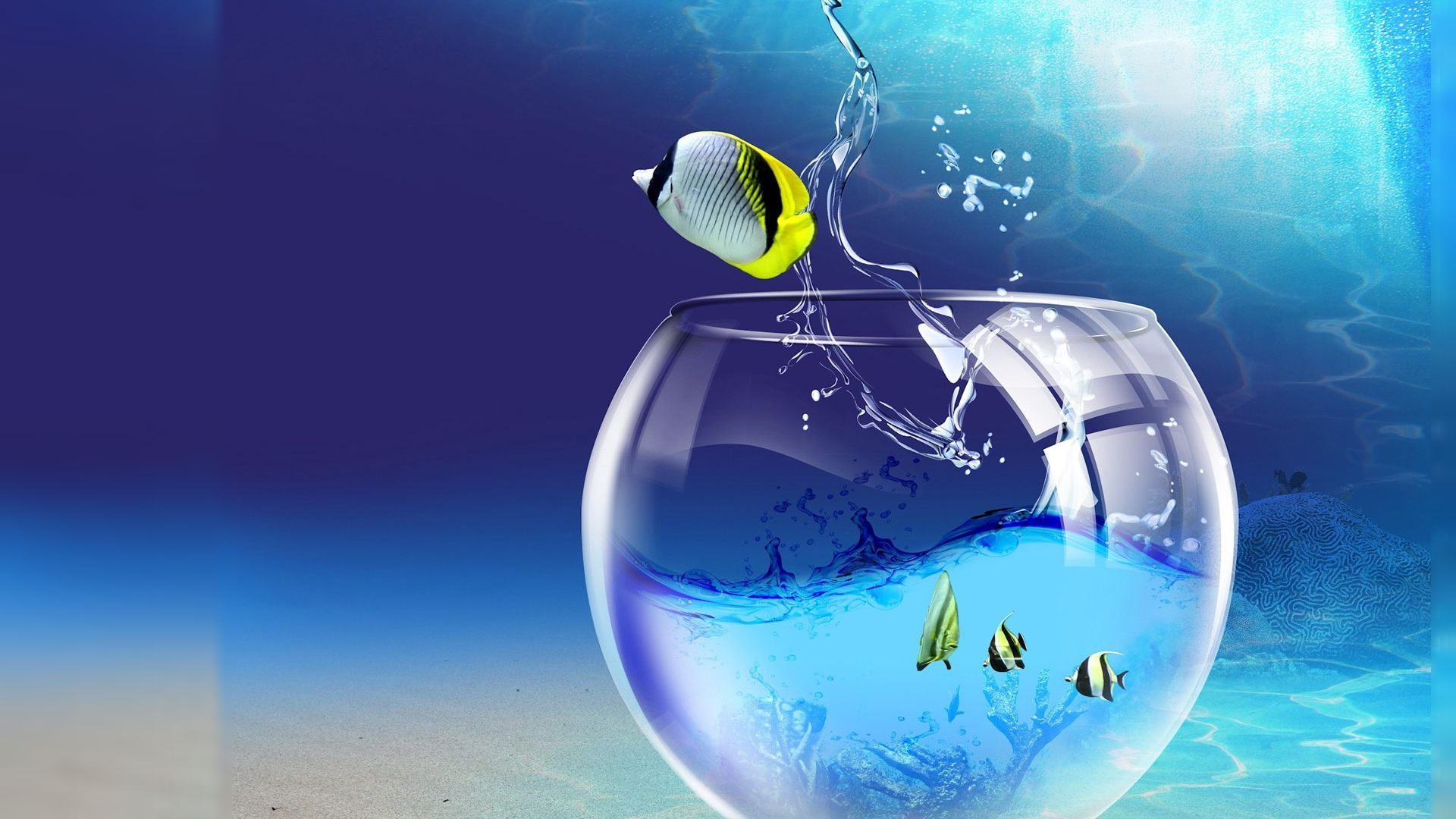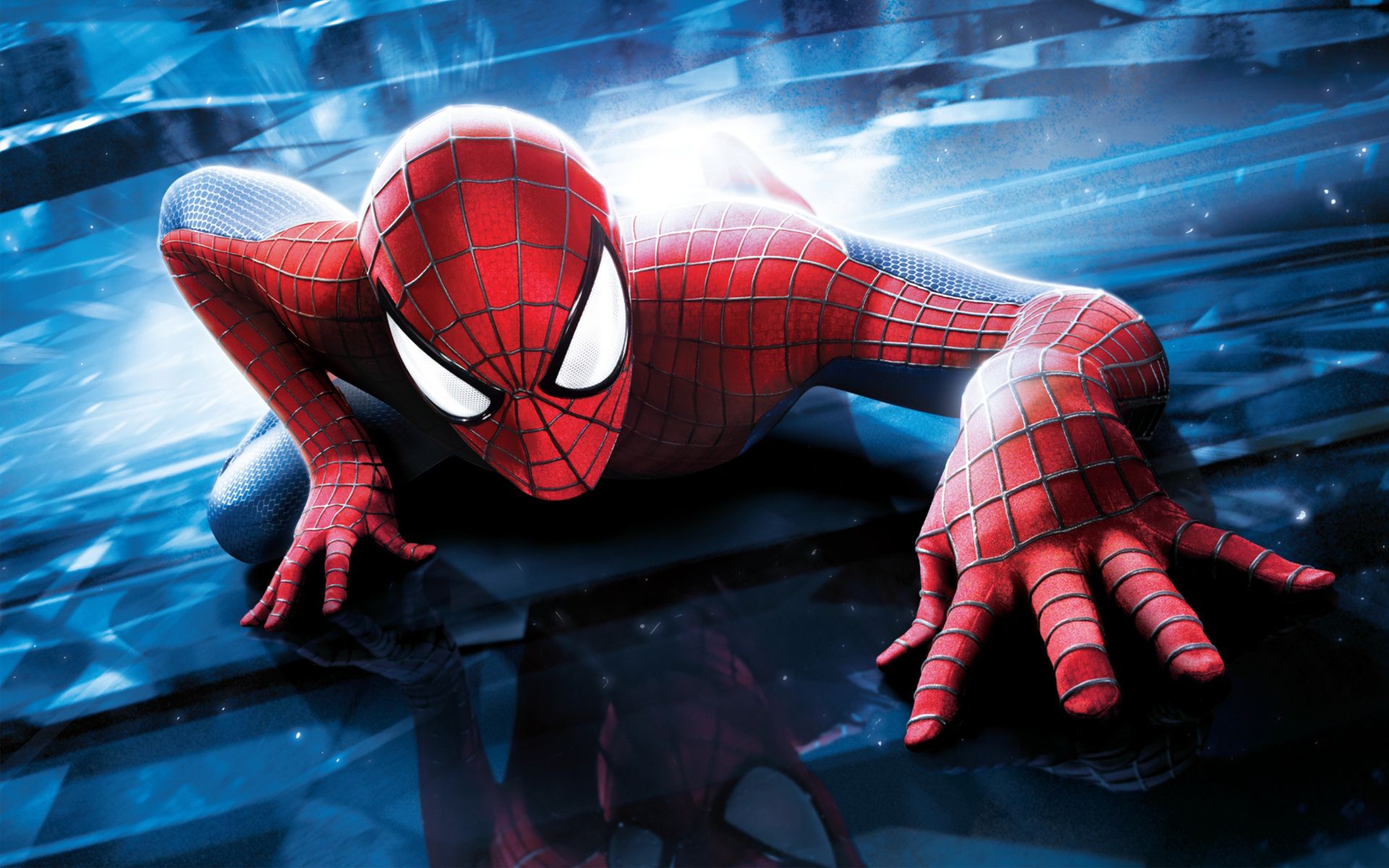When walked on, these wooden floors harvest enough energy to turn on a lightbulb

- Reporter 21
- 20 Sep, 2021
Researchers from Switzerland are tapping into an unexpected energy source right under our feet: wooden floorings. Their nanogenerator, presented September 1 in the journal Matter, enables wood to generate energy from our footfalls. They also improved the wood used in the their nanogenerator with a combination of a silicone coating and embedded nanocrystals, resulting in a device that was 80 times more efficient -- enough to power LED lightbulbs and small electronics.
The team began by transforming wood into a nanogenerator by sandwiching two pieces of functionalized wood between electrodes. Like a shirt-clinging sock fresh out of the dryer, the wood pieces become electrically charged through periodic contacts and separations when stepped on, a phenomenon called the triboelectric effect. The electrons can transfer from one object to another, generating electricity. However, there's one problem with making a nanogenerator out of wood.
"Wood is basically triboneutral," says senior author Guido Panzarasa, group leader in the professorship of Wood Materials Science located at Eidgenössische Technische Hochschule (ETH) Zürich and Swiss Federal Laboratories for Materials Science and Technology (Empa) Dübendorf. "It means that wood has no real tendency to acquire or to lose electrons." This limits the material's ability to generate electricity, "so the challenge is making wood that is able to attract and lose electrons," Panzarasa explains.
To boost wood's triboelectric properties, the scientists coated one piece of the wood with polydimethylsiloxane (PDMS), a silicone that gains electrons upon contact, while functionalizing the other piece of wood with in-situ-grown nanocrystals called zeolitic imidazolate framework-8 (ZIF-8). ZIF-8, a hybrid network of metal ions and organic molecules, has a higher tendency to lose electrons. They also tested different types of wood to determine whether certain species or the direction in which wood is cut could influence its triboelectric properties by serving as a better scaffold for the coating.
Leave a Reply
Your email address will not be published. Required fields are marked *













